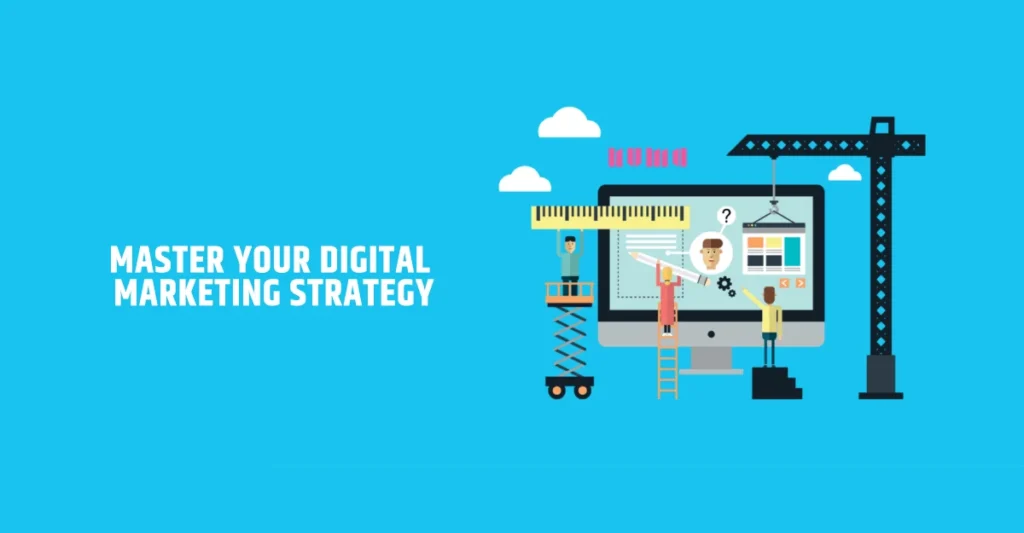7 Common Marketing Mistakes and How to Avoid Them
As the saying goes, “Learn from other people’s mistakes. You won’t have enough time to make them all on your own.” To help you avoid costly missteps, we’ve outlined seven common marketing mistakes businesses make and provided tips on how to avoid them.
Marketing can either be the greatest asset or the biggest setback for your business—it all depends on how you approach it. Think of marketing as an investment, not an expense. It won’t always deliver immediate results, but it is most beneficial when it helps you generate more revenue over time. However, certain marketing mistakes are more difficult to overcome and can result in significant financial losses.
Let’s explore the seven most common marketing mistakes and how to avoid them.
- Targeting the Wrong Audience
A frequent mistake businesses make is assuming that everyone can use their product or service. This broad approach leads to ineffective marketing strategies and wasted resources. Instead, refine your marketing efforts by identifying your ideal customers and tailoring your messaging to meet their specific needs.
Buyers are looking for products that directly address their problems or needs, not just general services. If your marketing lacks targeted messaging, it will be difficult to effectively serve your audience. Make sure you have detailed customer data and market insights before launching your campaigns.
- Marketing Without Clear Business Goals
Marketing without a clear goal is like navigating without a map. Before you launch a campaign, ask yourself: What am I trying to achieve? Do I want my audience to make a purchase, download an app, or sign up for a newsletter? Without a goal in mind, your marketing will lack direction.
Many entrepreneurs fall into the trap of aggressively selling their products right away, hoping customers will take notice. Instead, meet your audience where they are, clearly define your objectives, and consistently communicate your message. Be prepared to adjust your goals as your business evolves.
- Reinventing the Wheel
In many cases, businesses believe they need to invent something completely new to succeed. However, chances are, similar products or services are already out there. The competition is not always a threat; it’s an opportunity. Study your competitors’ strategies to identify their strengths and weaknesses.
You can learn a lot by observing what works for others in your industry and adapting those strategies to your advantage. Innovate where necessary, but don’t feel the need to start from scratch. Identify areas of improvement that can give you a competitive edge.
- Focusing on the Wrong Marketing Channels
Not all marketing channels will be effective for your business. While a multi-channel approach can be beneficial, it’s crucial to focus on the platforms that align with your target audience and goals. For example, TikTok may be all the rage, but is it the right platform for your brand? Do your target customers even use it?
Avoid spending money on channels that aren’t suitable for your business. Instead, allocate your resources to platforms that provide the best return on investment based on your audience’s behavior and preferences.
- Falling Behind on Technology Trends
Digital marketing is constantly evolving, and keeping up with the latest trends is essential. Many business owners are not marketing experts, and they may not be aware of the ever-changing digital landscape. Failing to stay updated on changes to algorithms, best practices, and new tools can cost you time and money.
Outdated strategies and a lack of attention to detail can result in poor SEO performance, ineffective paid ads, and missed opportunities. Take the time to stay informed, and don’t hesitate to invest in professional help if needed.
- Not Tracking Your Results
One of the biggest mistakes in marketing is assuming that certain tasks will lead to success without measuring the results. Whether it’s a social media campaign or an email marketing initiative, every effort should have clear objectives and be tracked for effectiveness.
Set goals and use analytics tools like Google Analytics, Facebook Insights, and others to monitor performance. Regularly review and adjust your strategies based on the data to ensure you’re on the right track.
- Neglecting Promotion and Consistency
Simply creating great content isn’t enough. Your audience is constantly bombarded with messages from various brands. You need to actively promote your content to ensure it reaches the right people. Allocate at least 20% of your time to creating content, and the remaining 80% to promoting it across relevant platforms.
Additionally, consistency is key to building trust with your audience. Ensure your messaging, branding, and tone are consistent across all channels. Consistent communication helps reinforce your brand promise and keeps you top-of-mind with potential customers.
Final Thoughts
These seven marketing mistakes can cost your business dearly if not addressed. By taking the time to review your marketing strategies, set clear goals, focus on the right audience, and adapt to new trends, you can avoid costly errors and build a stronger, more effective marketing approach.
Make the necessary adjustments to your marketing efforts today and watch your business grow.







